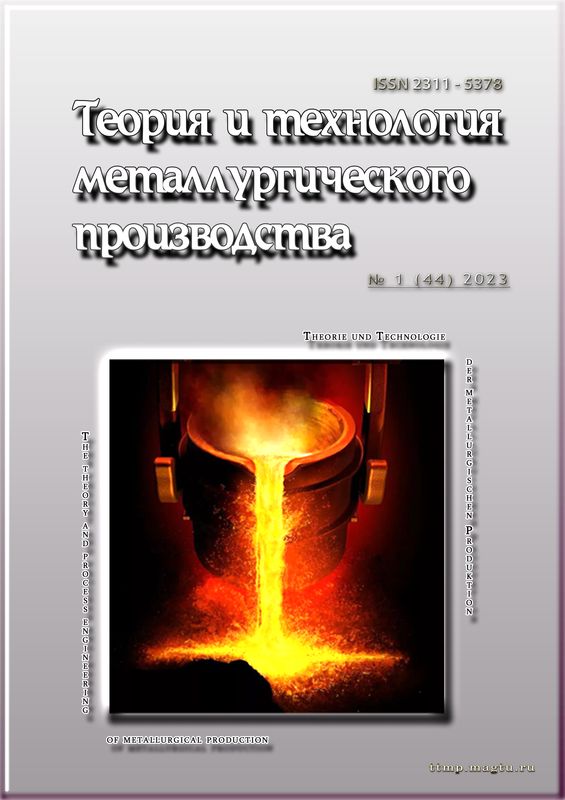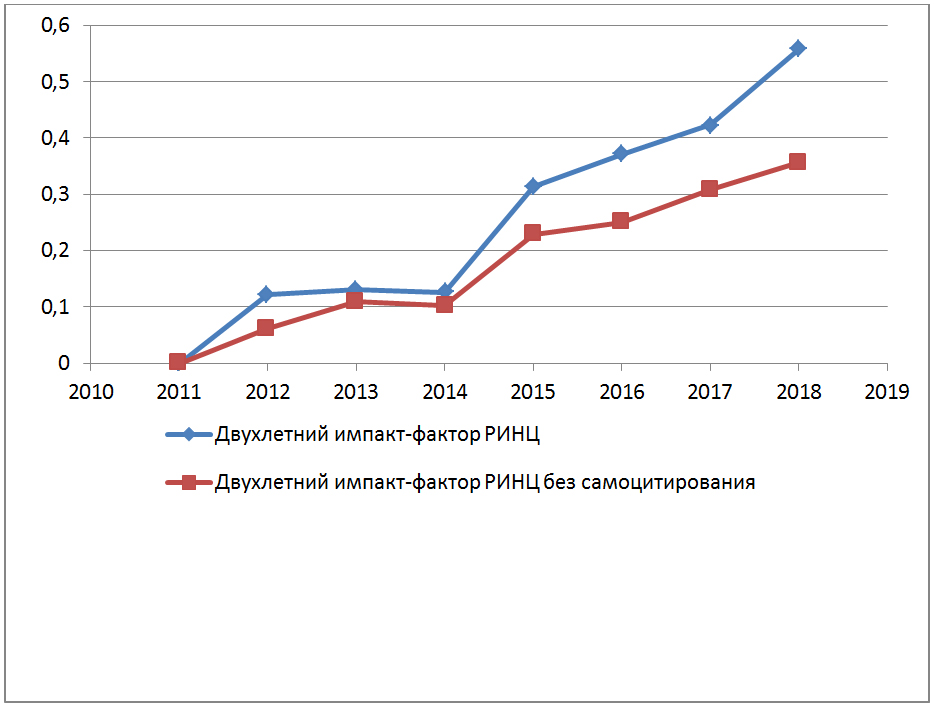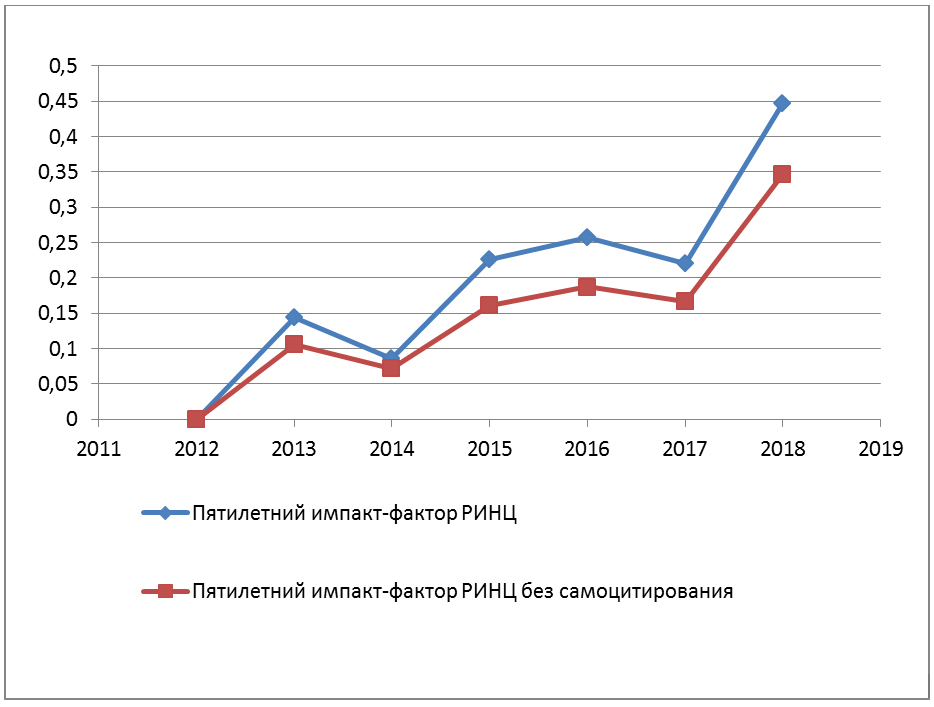Abstract
In the foundry industry, foundry sand cores made by various core-making technologies are frequently used. An increase in the requirements for the environmental friendliness of the foundry industry raises interest in the liquid-glass core-making technology, which uses eco-friendly chemical compounds as components of a core mixture, a binder, and a catalyst/hardener. In addition, the liquid-glass core-making technology can use a circulating core mixture and waste of the metallurgical, machine, mining, and wood industry. The use of finely-dispersed steel powder, which is waste of the machine industry, in the liquid-glass core-making technology is investigated by the authors of this article. The results of the comparative experimental research of the operational and ultimate structural robustness during stretching, compressing, and bending of the foundry liquid-glass core samples made by the reference core-mixture composition and the core-mixture composition containing finely-dispersed steel powder in the amount of 1…10%, as well as the comparative test results for the destructibility of such foundry cores are presented. The compositions of the investigated core mixtures and the sample-making technology for the foundry liquid-glass cores containing steel powder are described. The experimental results and the field of application for the foundry liquid-glass cores, containing finely-dispersed steel powder, are discussed.
Keywords:
Foundry industry, foundry core, core-making technology, core box, core mixture, composition, binder, steel powder, carbon dioxide, waste of grinding industry, destructibility, structural robustness test.
1. Mariusz Holtzer, Angelika Kmita. Mold and Core Sands in Metalcasting: Chemistry and Ecology Sustainable Development. New York City, Dordrecht, Heidelberg, London: Springer, 2020. 378 с.
2. Mikell P. Groover. Fundamentals of Modern Manufacturing: Materials, Processes, and Systems. 7th Ed. Hoboken, New Jersey, USA: John Wiley & Sons, 2020. 816 с.
3. Srinivasan M. Science and Technology of Casting Processes. London, UK: IntechOpen, 2012. 360 с.
4. Sabine Anzualda. Metal Producing Process: A Complete Guidelines to Manufacture: Advanced Metal Casting Ppt. 2021. 154 с.
5. Ihom Paul A. Self-Curing Binder System for Core Making: A Newly Developed Self Curing Binder System for Core Making in the Foundry. Saarbrücken, Saarland, Germany: LAP LAMBERT Academic Publishing, 2012. 216 с.
6. Hartmut Polzin. Inorganic Binders: For Mould and Core Production in the Foundry. Berlin, Germany: Schiele & Schon, 2014. 336 с.
7. Burns T. A. The Foseco Foundryman's Handbook: Facts, Figures, and Formulae. 9th Ed. Amsterdam, Netherlands: Pergamon-Elsevier Science, 2017. 446 с.
8. Stephen Malkin. Grinding Technology: The Way Things Can Work: Theory and Applications of Machining with Abrasives. New York City, USA: Industrial Press, 2008. 375 с.
9. Gregory N. Haidemenopoulos. Physical Metallurgy: Principles and Design. Boca Raton, USA: CRC Press, Taylor & Francis Group, 2018. 490 с. Harry G. Sachsel. Precision Abrasive Grinding in the 21st Century: Conventional, Ceramic, Semi Superabrasive, and Superabrasive. Bloomington, Indiana, USA: Xlibris, 2010. 682 с.





